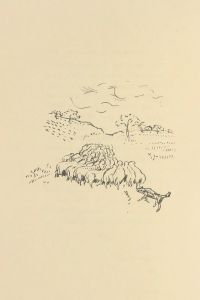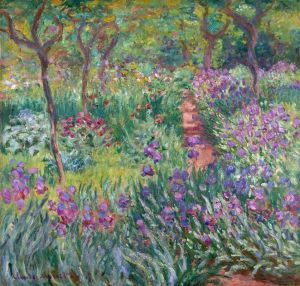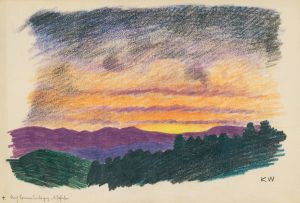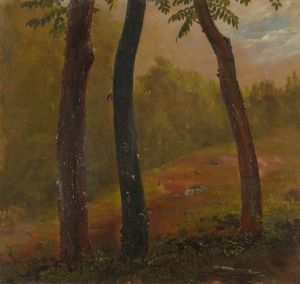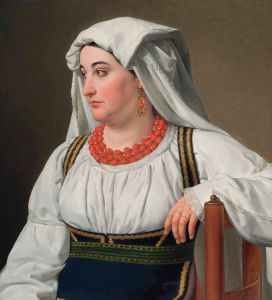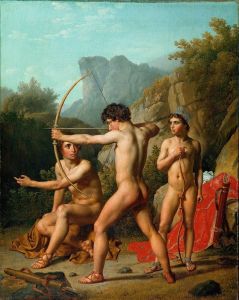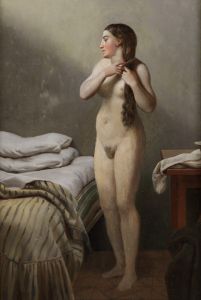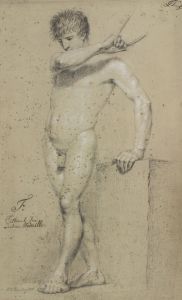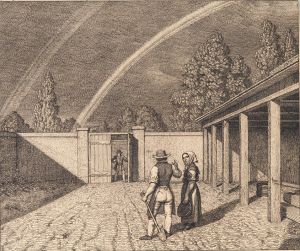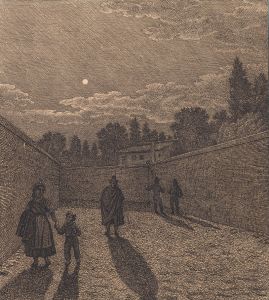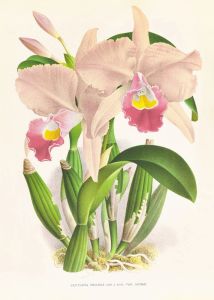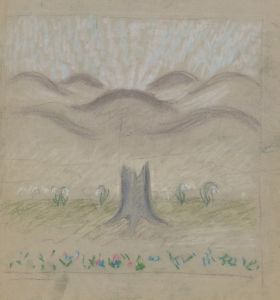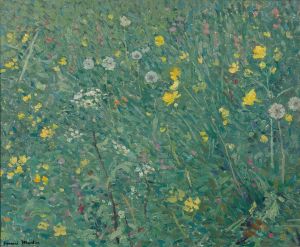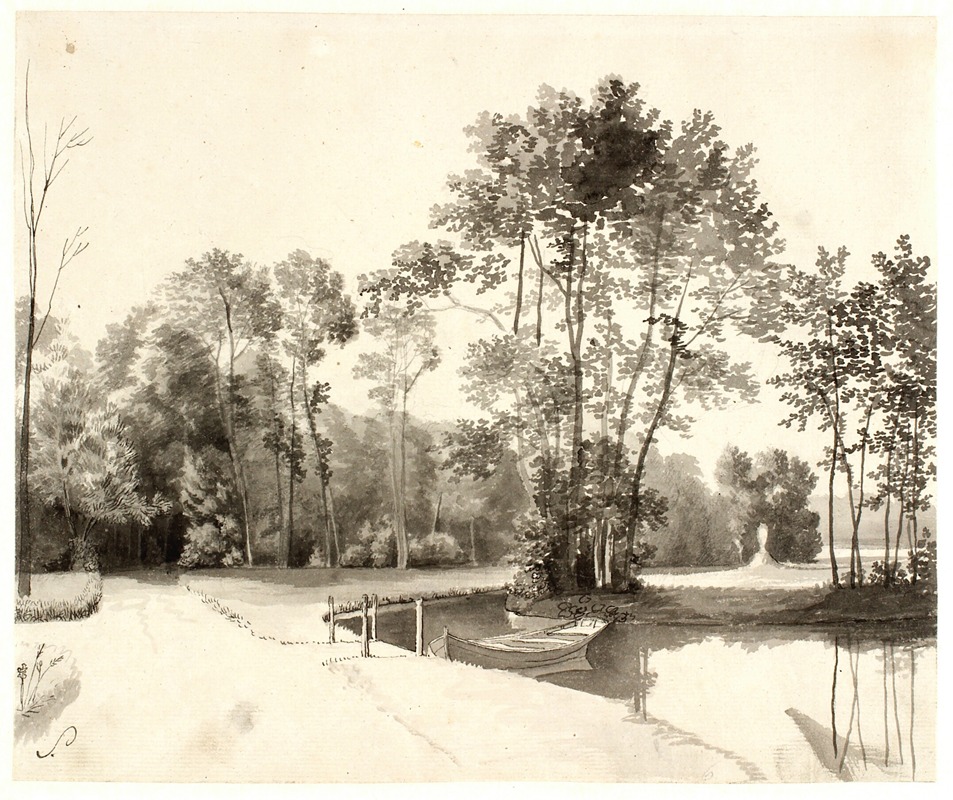
Parti fra Sanderumgaard have
A hand-painted replica of Christoffer Wilhelm Eckersberg’s masterpiece Parti fra Sanderumgaard have, meticulously crafted by professional artists to capture the true essence of the original. Each piece is created with museum-quality canvas and rare mineral pigments, carefully painted by experienced artists with delicate brushstrokes and rich, layered colors to perfectly recreate the texture of the original artwork. Unlike machine-printed reproductions, this hand-painted version brings the painting to life, infused with the artist’s emotions and skill in every stroke. Whether for personal collection or home decoration, it instantly elevates the artistic atmosphere of any space.
Christoffer Wilhelm Eckersberg's Parti fra Sanderumgaard have (translated as View from the Garden of Sanderumgaard) is a painting created in 1825 by the Danish artist, often referred to as the "father of Danish painting." Eckersberg is renowned for his contributions to the Danish Golden Age of painting, and this work exemplifies his mastery of landscape art and his dedication to capturing the natural world with precision and clarity.
The painting depicts a serene and idyllic view of the garden at Sanderumgaard, a historic estate located near Odense on the island of Funen, Denmark. Sanderumgaard is notable for its Romantic-style landscaped garden, which was designed in the late 18th century by Johan Bülow, a Danish nobleman and landowner. The garden was inspired by English landscape gardening traditions, emphasizing natural beauty, winding paths, and picturesque views. Eckersberg's work captures this aesthetic, showcasing the harmonious relationship between nature and human design.
In Parti fra Sanderumgaard have, Eckersberg employs his characteristic attention to detail and use of light to create a tranquil atmosphere. The composition features lush greenery, a gently flowing stream, and carefully arranged elements of the garden, reflecting the Romantic ideals of the time. The painting is notable for its balanced composition and the artist's ability to convey depth and texture, hallmarks of his landscape work.
Eckersberg's approach to landscape painting was heavily influenced by his studies in Paris and Rome, where he was exposed to the works of classical and contemporary masters. Upon returning to Denmark, he applied these influences to his depictions of Danish scenery, blending realism with an idealized vision of nature. Parti fra Sanderumgaard have is a testament to his ability to translate the beauty of the Danish countryside into art.
The painting is part of the collection of the National Gallery of Denmark (Statens Museum for Kunst) in Copenhagen, where it is preserved as an example of Eckersberg's contribution to Danish art history. It continues to be appreciated for its artistic quality and its role in documenting the cultural and natural heritage of Denmark during the early 19th century.
This work is one of many by Eckersberg that highlights his versatility as an artist, as he also excelled in portraiture, history painting, and marine art. His landscapes, however, remain a significant part of his legacy, offering insight into the aesthetic values and artistic practices of the Danish Golden Age.





